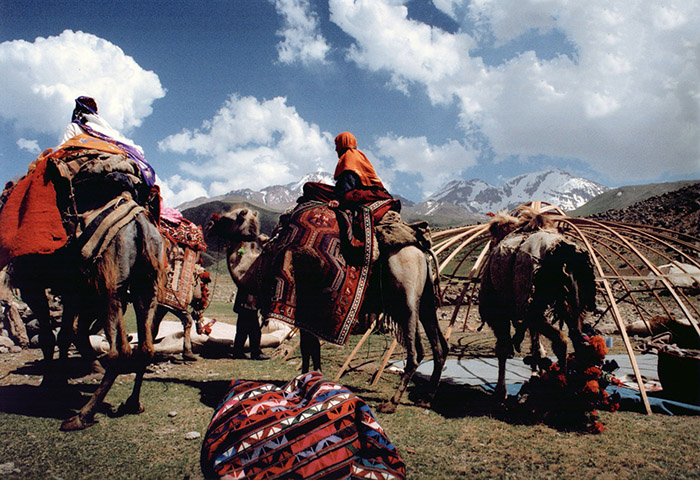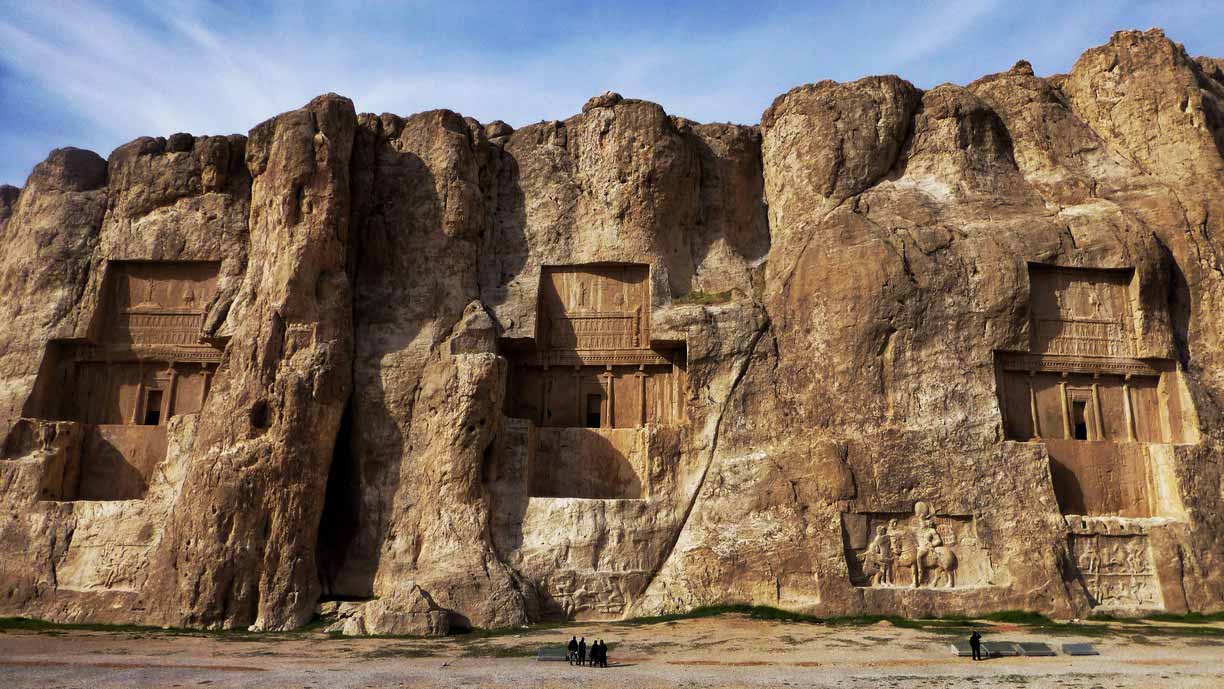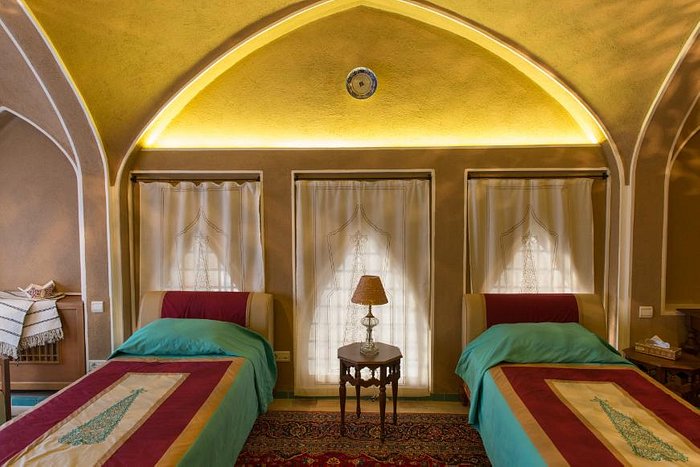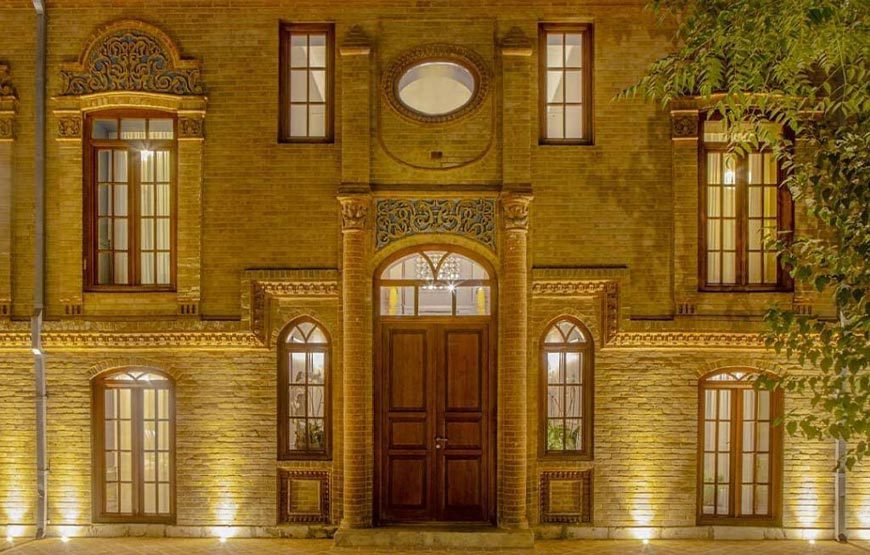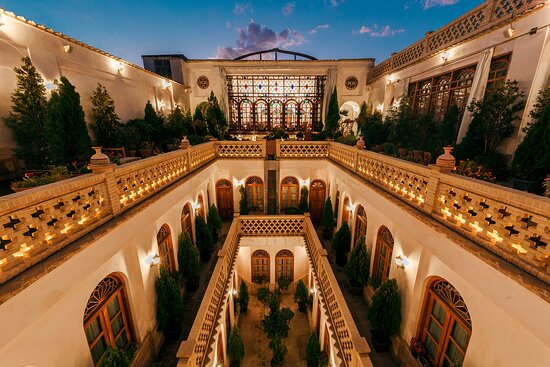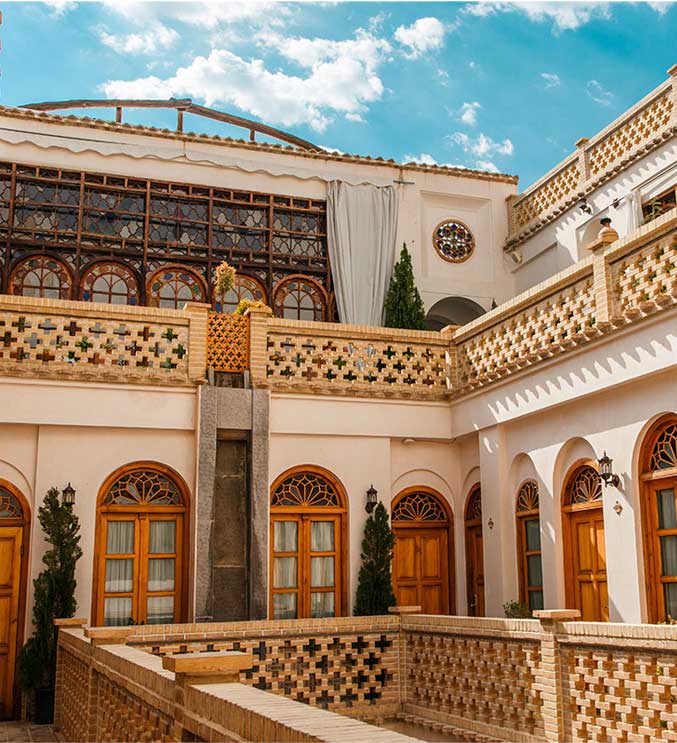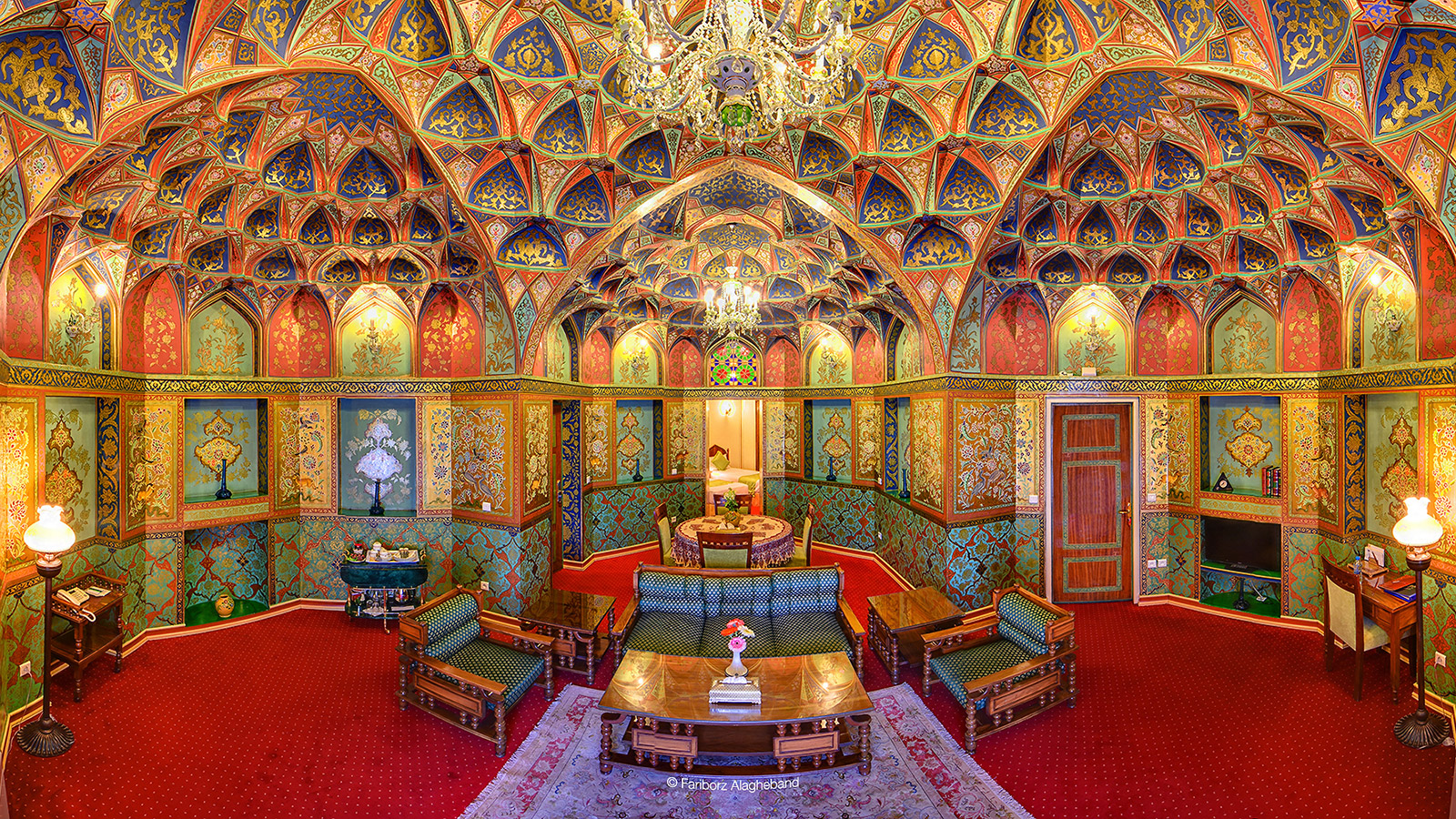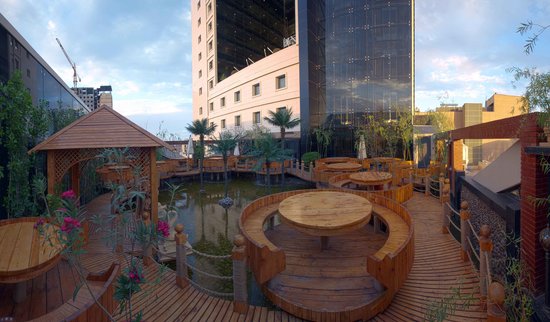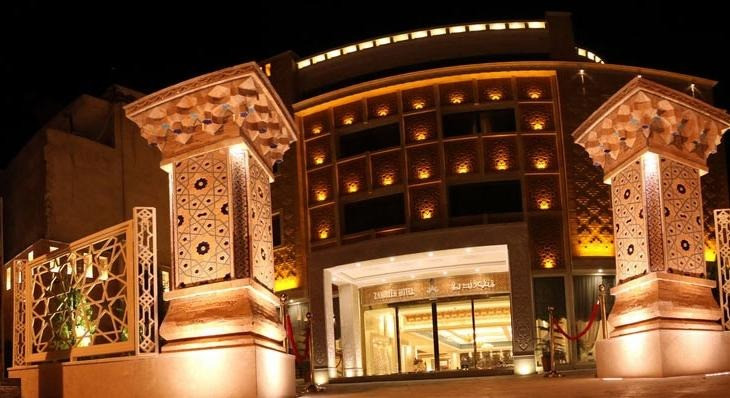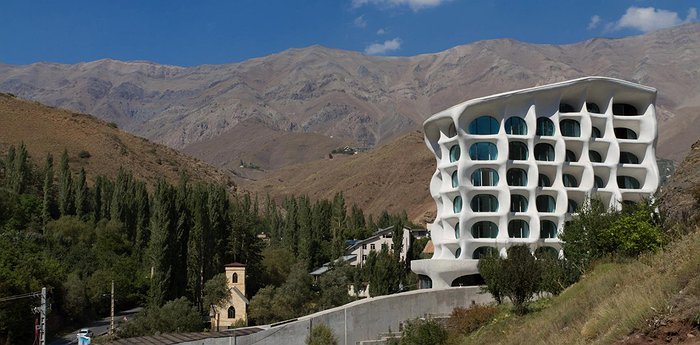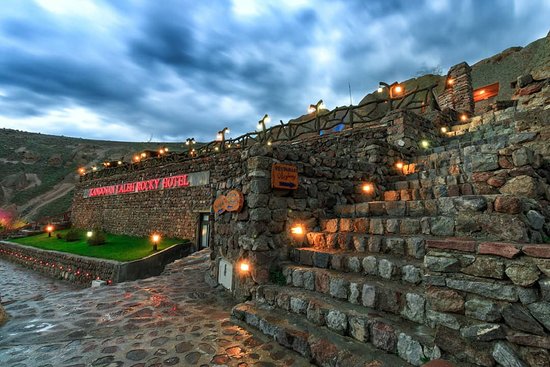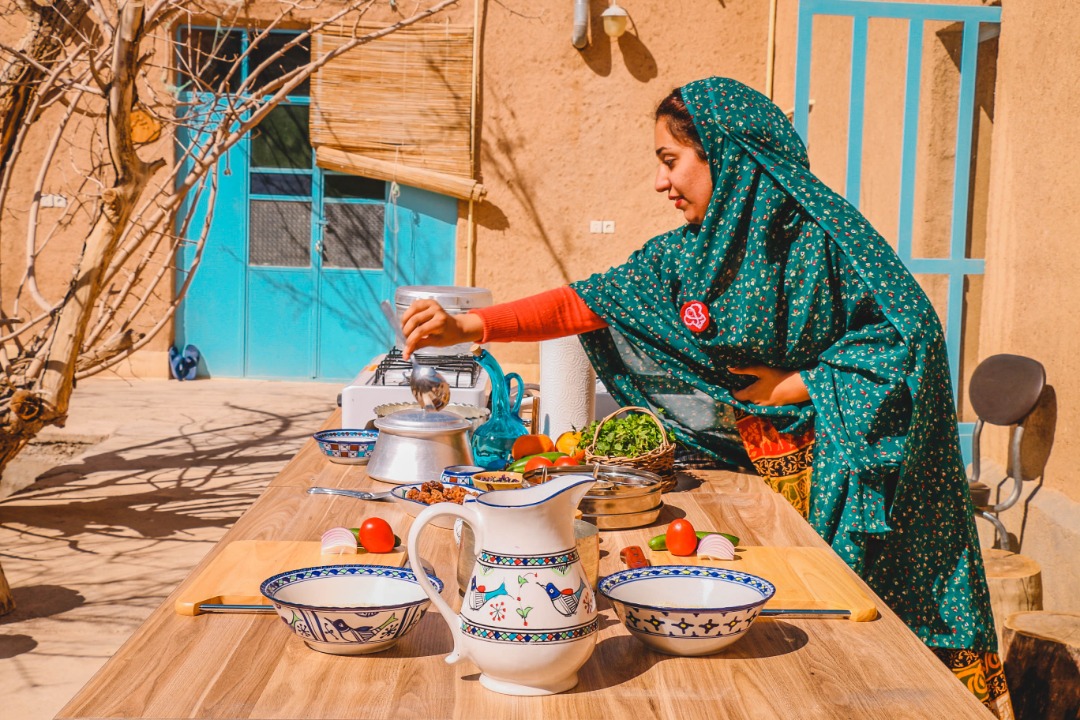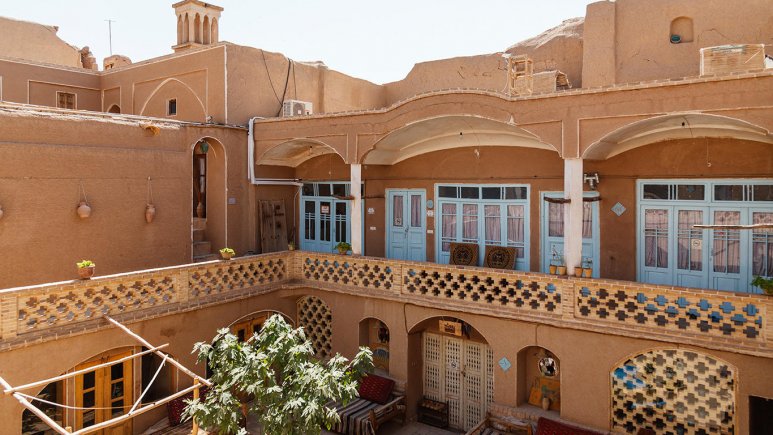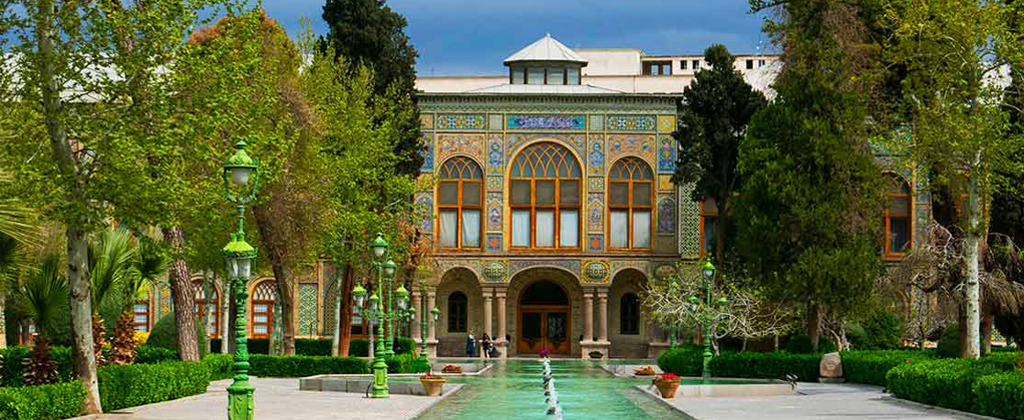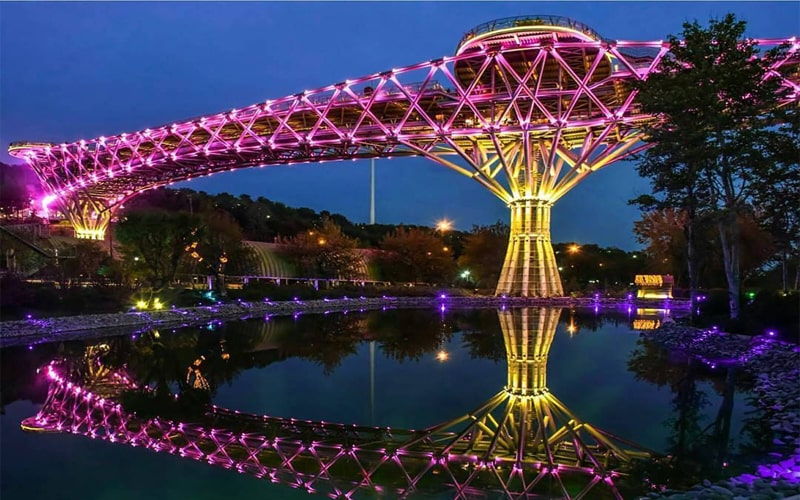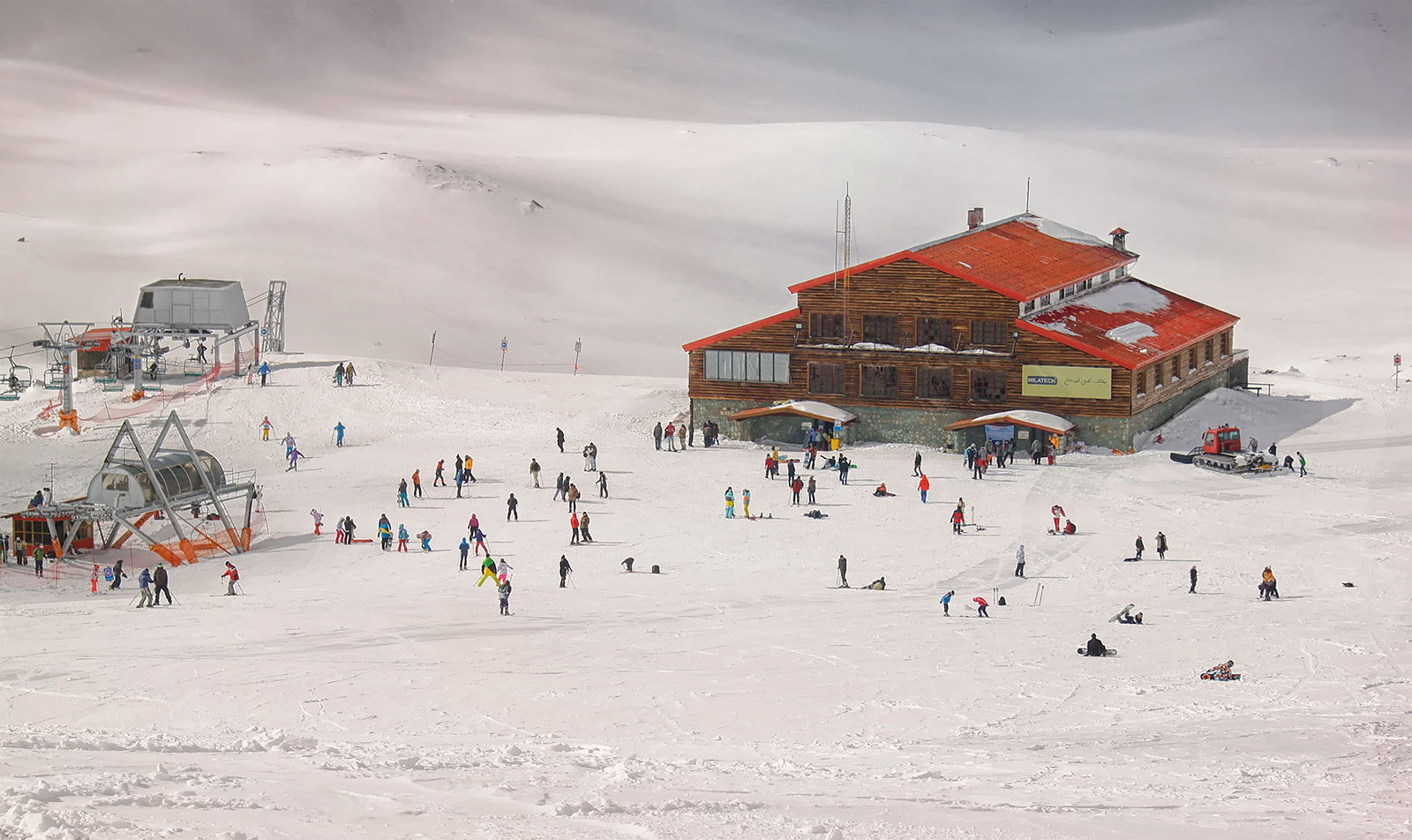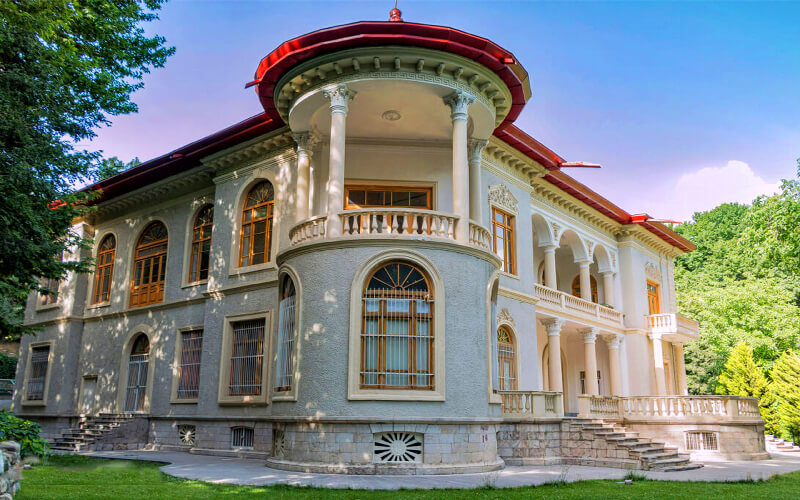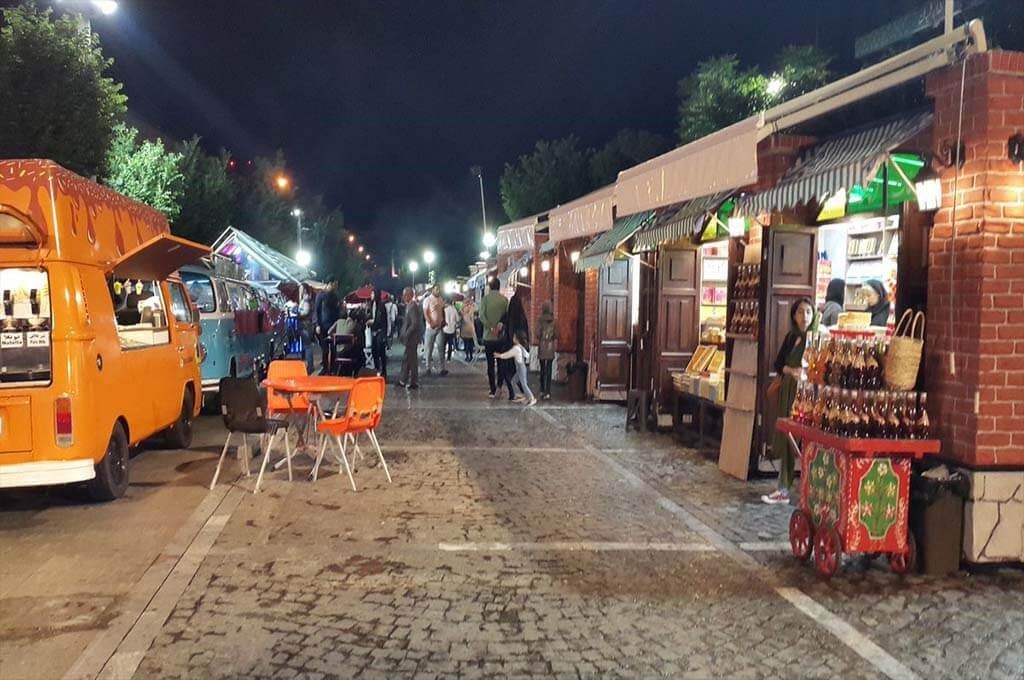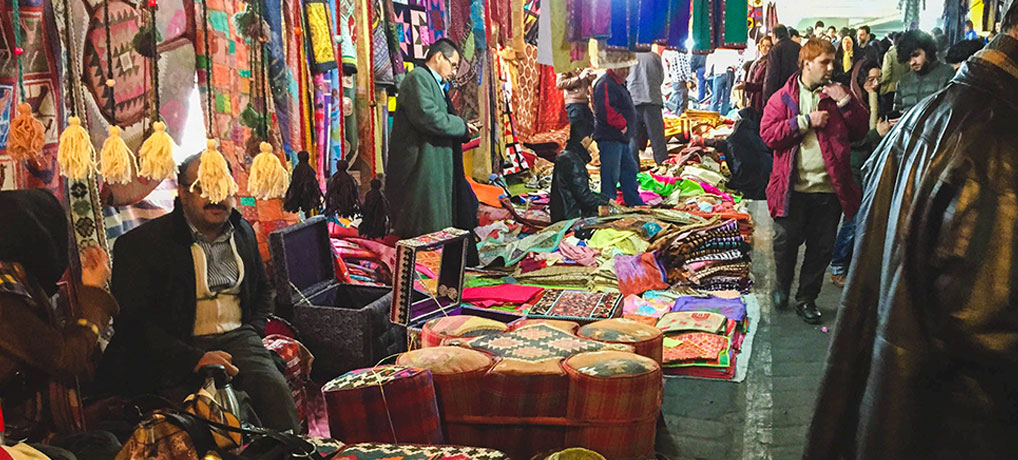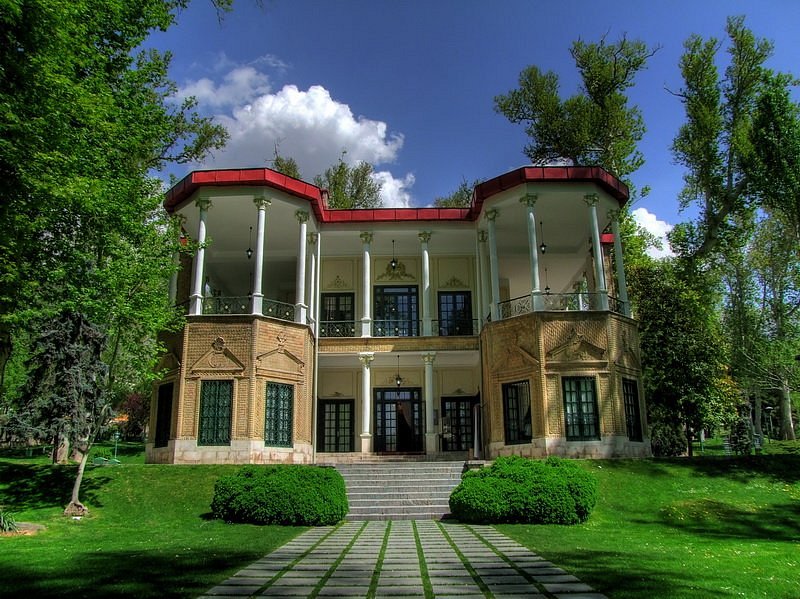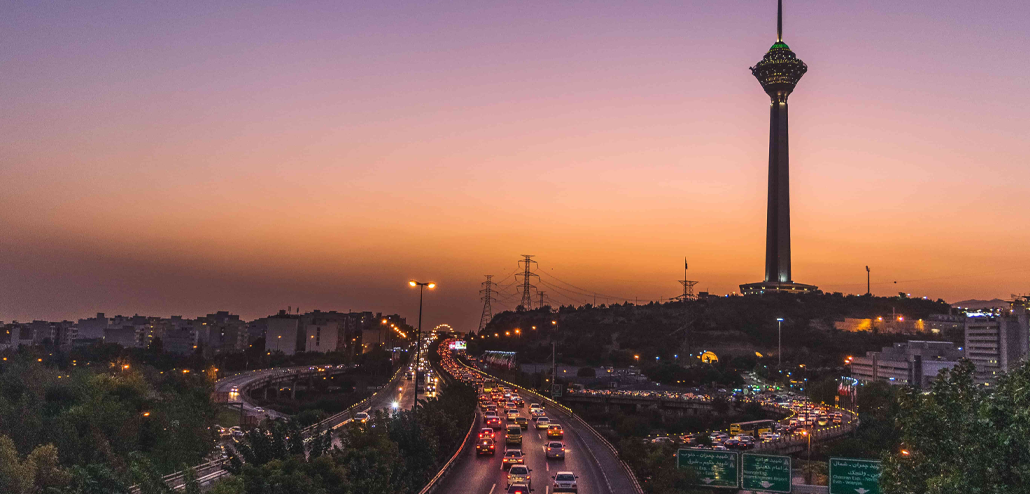Noushabad, the Biggest Underground City in Iran
Noushabad, the Biggest Underground City in Iran
Out of all the wonders found in lands as old as Iran, underground cities are by themselves intriguing enough to stand out among Iran’s tourist place, maybe even to those who aren’t particularly crazy about architecture or history. You might have already heard things about an underground city or two; Derinkuyn of Turkey (the most famous underground city of all), the underground city of Naours in France or Cavernous vaults in Edinburgh are quite popular with visitors.
A good number of the underground cities were initially built to function as refuge and shelter for people during the raids or war time and the underground city of Noushabad (also spelled as Nushabad) was no exception. Although it is a genius example of human creativity and adaptation to the environment, Noushabad is not much heard of, at least not as often as the underground cities formerly mentioned. The blame probably falls on the late discovery, only about two decades ago.
It’s worth mentioning that not long ago another underground city was discovered in Iran, the Abarkuh underground city of Yazd province. It’s safe to assume underground cities are not sparse in Iran. The Abarkuh underground city encompasses wells, water channels and space suitable for storing food and water and is under the process to open doors soon and finally accept visitors!
In this article, we are going to get you familiar with Noushabad underground city or “Ouyi”, as it is called in the local dialect, which is currently known as the largest underground city in Iran.
-
Where to find and how to access the underground city of Noushabad:
Noushabad is located only a couple kilometers north of city of Kashan, Isfahan province which means it’s very easy to reach this underground city as Kashan is a popular destination among tourists and only a three-hour ride away from Tehran. There are many different routes to Kashan and there are buses, trains and airplanes available, the last two options suitable for those who don’t feel like sitting through the road trips or have a full schedule and not enough time on their hands.
Once visitors find their way to Kashan, they can simply move around the city from one tourist attraction to another, including the Noushabad underground city without having to worry.
-
A brief history of Noushabad; the largest underground city in Iran:
This underground city was built almost 1500 years ago during the Sassanid era and by the command of a Sassanian king who supposedly drank water from a well in the area and later asked for a city to be built around it.
The underground city of Noushabad is situated in the central desert region and the climate of the region proves to provide a harsh living environment, but people of the past found their own creative ways to adapt, as they often do. It is believed that one of the reasons the Noushabad underground city was built, had been the unmerciful sun rays of the desert during the day time for the towns people to trudge through the city, visit each other’s houses and participate in social gatherings without having to actually walk on the surface. If the culture and architecture created around deserts interest you, check our Iran desert tours for more information.
The more prominent reason already mentioned was the many raids the city endured in the past. The labyrinth underneath the city was most likely thought out as a way to keep the citizens safe from numerous attacks and was utilized as a shelter.
A huge maze of passages was formed, connecting the whole city from beneath and creating the biggest underground city in Iran, still standing strongly even though it’s masterfully hidden away from the sight of the trespassers.
-
Architecture of Noushabad underground city; A timeless masterpiece
The magic of a city built fully underground surviving from destruction for such a long time lies in the effort and the sharp minds of the ancient architects of the time.
The construction in the Noushabad underground city contains three different levels and can vary from 4 to 18 meters in depth in different parts of the city. The network of tunnels and chambers of this amazing underground city stretches up to almost 4 kilometers and there are several channels planted vertically and horizontally to work as a ventilation system in order to let the air flow in the tunnels.
Accessing this underground city wasn’t easy even though there were openings and passages hiding in many citizens’ homes. Some openings hid as holes dug on the floors covered by stones and some hid behind the ovens. There were many entrances planted in social centers such as masques, castles and qanats, but the intruders could not find their way into the underground city easily. The entrances in the citizens’ houses were exactly that: entrances.
The tunnels of this underground city were designed in a way that people could simply walk in but couldn’t climb back out the way they came into the houses so of course, there wouldn’t be many security issues with the passages accessed by homes.
The overall design of this underground city also includes dead ends and booby traps- as if walking into an Indiana Jones movie- as to confuse and discourage the possible intruders. The corridors are narrow enough to force the passerby to move in a single line with the person in the front carrying a source of light. Remains of torches from 700 years ago were found in the underground city of Noushabad to serve the same purpose.
Every family seeking refuge would have their own chambers carved in stone with water pipes and qanats pouring in the needed water, enabling them to reside in the underground city for long periods of time.
There were many tools and human remains discovered in Noushabad underground city, demonstrating the constant use of the city throughout the centuries after the construction even up to Qajar era, as an affective and practical refuge for people during many different eras.
This underground city is now a touristic site welcoming visitors every day of the week from 8 a.m. to 6 p.m. to walk through some of the passages and corridors, as people before them did 1500 years ago and admire the design and construction of architects and workers who even though lacked the modern tools we are now dependent on, made up for it with intelligence. The genius and complex labyrinth and the precise measurement are clear evidences to such intelligence used in construction of this underground city.
After all, as travelers, sometimes we want to enjoy the present and the intact nature of earth by going on ECO tours or Island tours and sometimes we want to look at the remains of our ancestors as a way to understand the long way the humankind has come to reach where it is now. In this case, visiting the underground city of Noushabad can be an excellent choice for you if you ever decide to travel to Iran.
It is worth mentioning that those who are infatuated with such subjects should check out our Classical Cultural tours of Iran or our Tailor-made ones for something mostly planned to your taste.
FAQs:
- What is the largest underground city in Iran?
Noushabad is considered as the largest underground city of Iran and was initially built to keep people safe from the desert heat and intruders.
- Are there any hotels around Noushabad underground city?
Noushabad is located a few kilometers north of Kashan and is easily accessible from the city via taxis. Anyone wishing to visit can simply seek accommodation in Kashan.
- How old is Noushabad underground city?
Noushabad underground city is about 1500 years old, dating back to the Sassanid era, although evidently it has been in use up to Qajar era.
- What is the working hour of Noushabad underground city?
Parts of this city are open to visitors every day of the week from 8 a.m. to 6 p.m.

